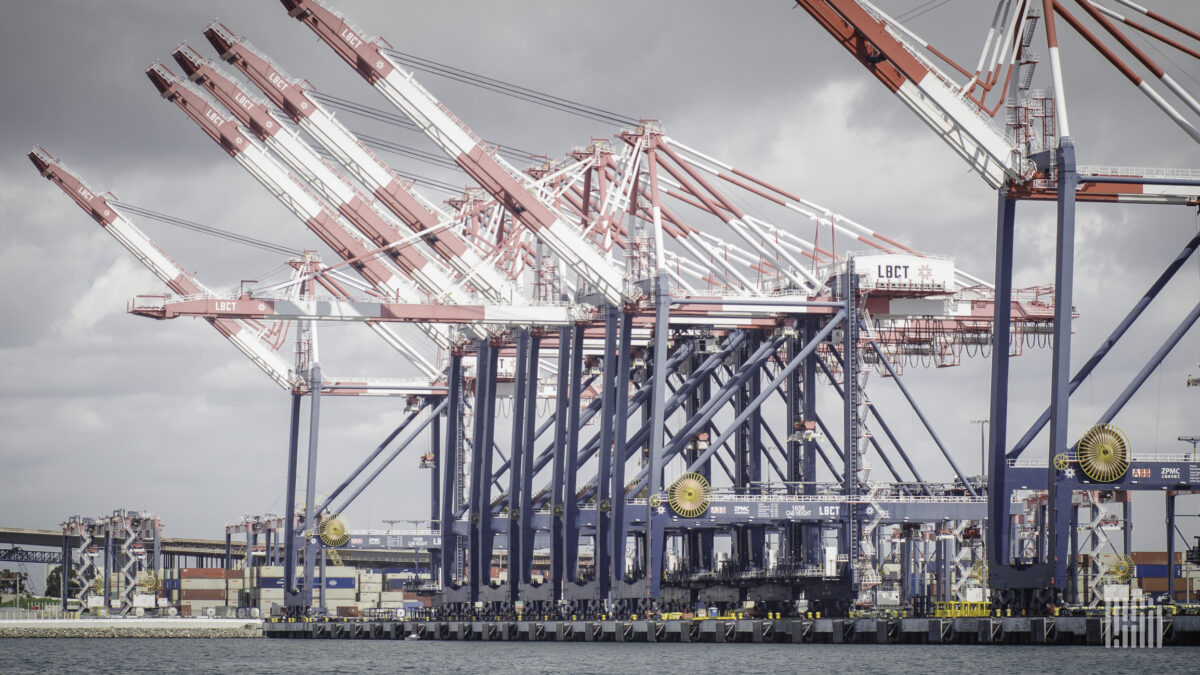[ad_1]
 Note: Today’s post is part of our “Editor’s Choice” series where we highlight recent posts published by our sponsors that provide supply chain insights and advice. Today’s article comes from Open Sky Group and helps to decipher some myths around buying a WMS.
Note: Today’s post is part of our “Editor’s Choice” series where we highlight recent posts published by our sponsors that provide supply chain insights and advice. Today’s article comes from Open Sky Group and helps to decipher some myths around buying a WMS.
Buying a warehouse management system (WMS) is a big decision. Many people haven’t even purchased a house that costs as much as a WMS and the search process can be overwhelming. The WMS buying process and the succeeding implementation involve thousands of details that are easy to overlook. Add the fact that each WMS provider’s information can be a bit self-serving, it becomes apparent that you need to do your homework. After all, you don’t know what you don’t know.
There are plenty of resources available to walk you through the process of identifying your functional needs and setting a budget in the process of finding a WMS solution. You can refer to those for the nuts and bolts. In this article, we are going to dispel a few myths that are rife in the WMS buying process:
WMS Buying Myth 1 – All WMS software is created equal.
Warehouse management systems have come a long way in the last 30 years, however, there are still very distinct differences between tier one, tier two, and tier three WMS offerings. Lower tier solutions generally offer a range in capabilities from basic inventory control to moderate WMS functionality but may be limited in sophistication, adaptability, configurability, and integrations. These systems will work for some companies but can limit complex distribution needs and high throughput. Tier one systems are the most feature-rich, configurable, and tech-forward.
The best advice? Make no assumptions about the solution or providers that you’re considering regardless of how big or small they are. Know you are not comparing apples to apples, especially if the products sit in different tiers. Your unique business requirements must be met by the solution, so know your needs and be prepared to look under the hood of each of the solutions you’re considering.
Myth 2 – What you see in the demo is what’s in the product.
WYSIWYG is often not the case in warehouse management software demonstrations. Software vendors are demonstrating portions of the system that will knock your socks off. Sometimes the slick features shown are functionality that is in development or is on the product road map but not actually included in the current version of the system. Ask questions. Is this feature deployed and running in the real world, or just the demo environment?
Myth 3 – I don’t need all the features in a tier one system and the tier two system is a lot cheaper.
Try not to be short-sighted. Making a statement like that is like saying, “I don’t need to save a million dollars for retirement, I’m good with $250,000.” You need to look at the total cost of ownership and keep in mind future needs. Perhaps today your needs are not overly complex, but this might not be true down the road. Things change. Make sure your system is configurable and has the capacity to grow and change as your business evolves. Think back five years ago – could you have predicted that you would be selling through Amazon? Lesser systems have constraints when pushing major volumes. What if you make an acquisition? Or business booms?
Think about your challenges today and your opportunities down the road. Look at the product road map for the solutions you are considering. Buy a system with a platform that matches your vision and has room to grow.
Myth 4 – A tier one system is going to take too long to implement.
All WMS solutions have the potential for timely and smooth implementations. It depends on the fit compared to your needs, the configurability of the system, and the expertise of your implementer. Tier one solutions have deep functionality built into the standard system that is configurable to your specific needs. It can be just as easy to implement as tier two or three since the functionality is built into the system and does not require code modifications. Tier two and three systems can be easy to install if they are a fit for your business. We’ve seen companies purchase a tier two system because it looked good in the demo, but during implementation, the system proved inadequate for their needs. After 14 months of limping along, they pulled the plug and purchased a tier one WMS.
Click HERE to read the full article; click HERE for part 2.
[ad_2]
Source link












